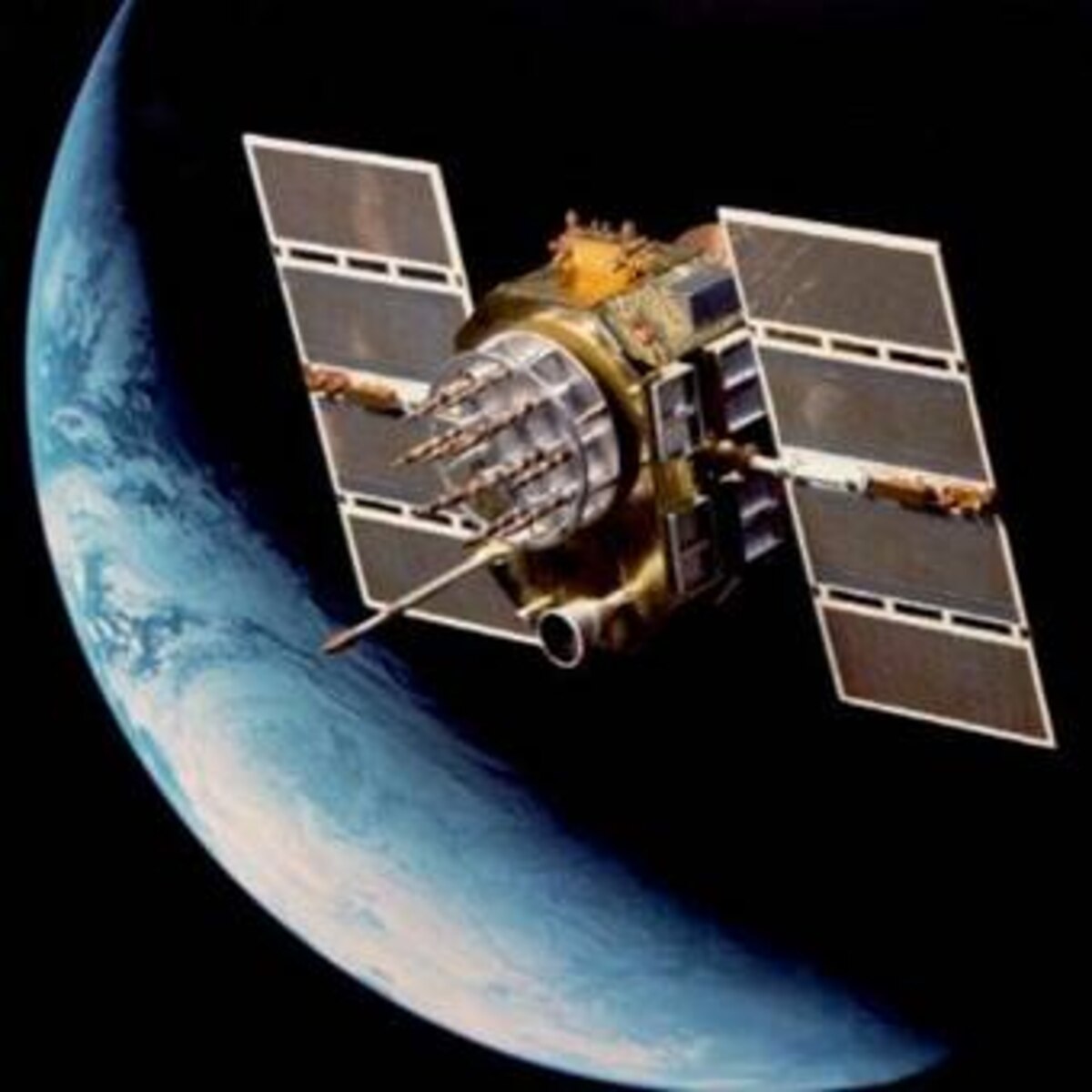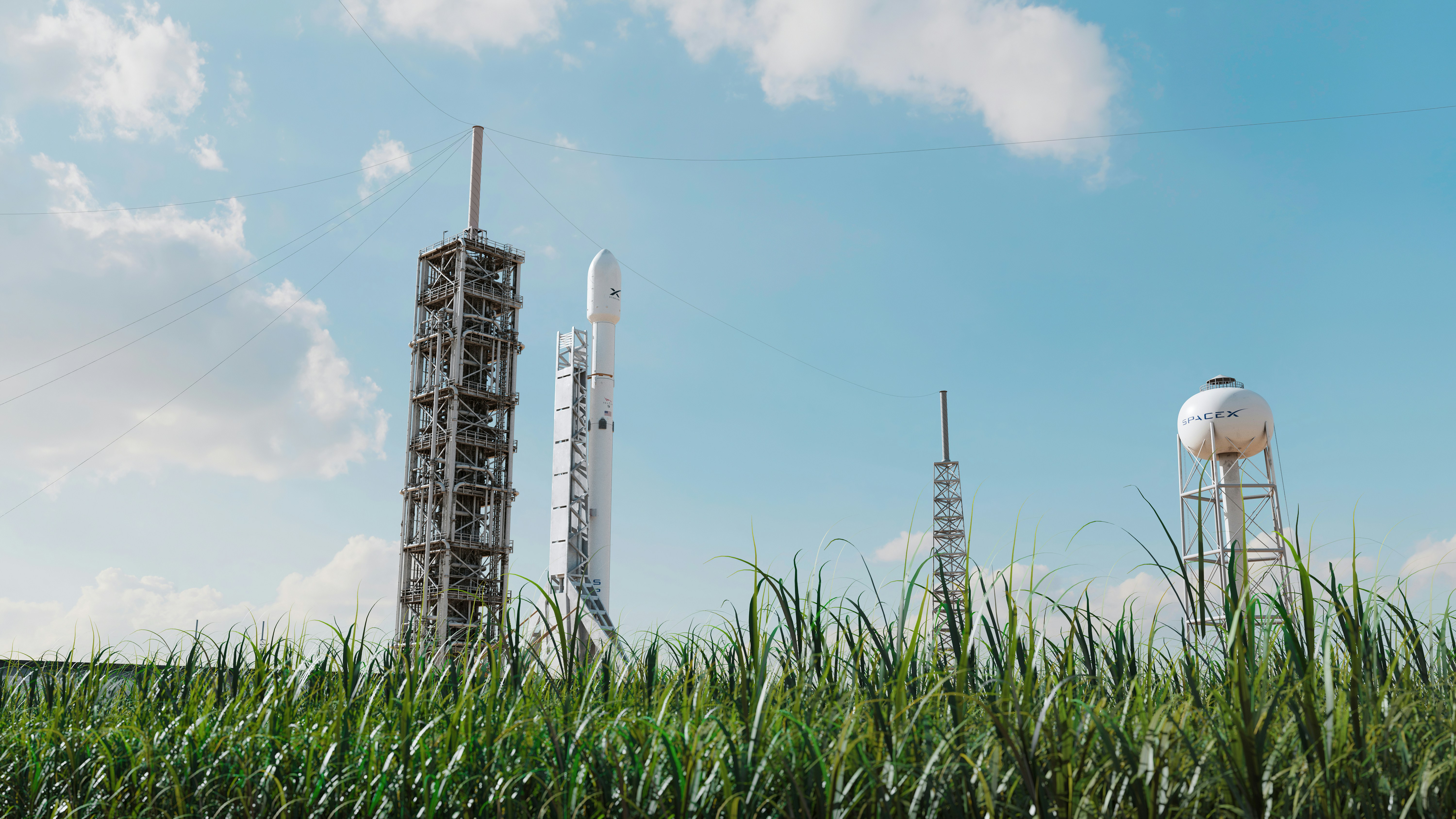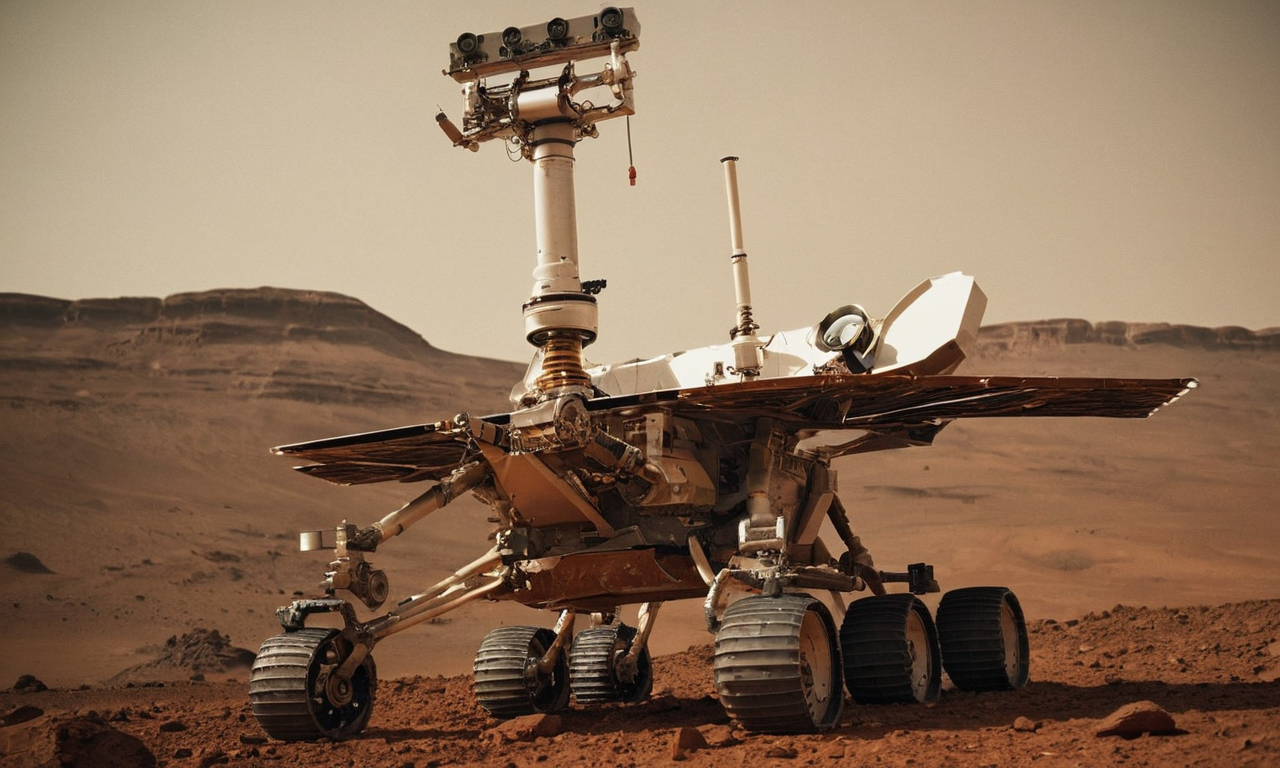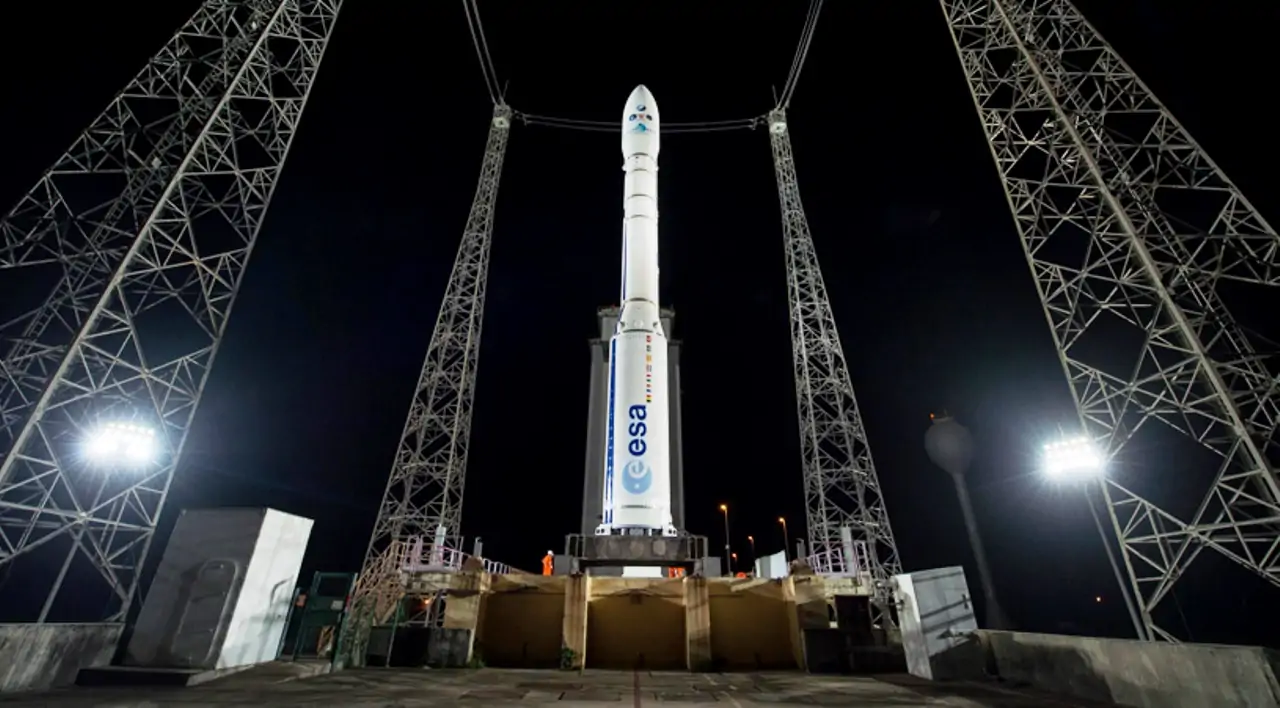· today in space history · 3 min read
The Day South Korea Achieved Independent Space Launch Capability
Twelve years ago, South Korea successfully launched a satellite using its own launch vehicle and facilities for the first time, marking a crucial milestone in its journey to space independence
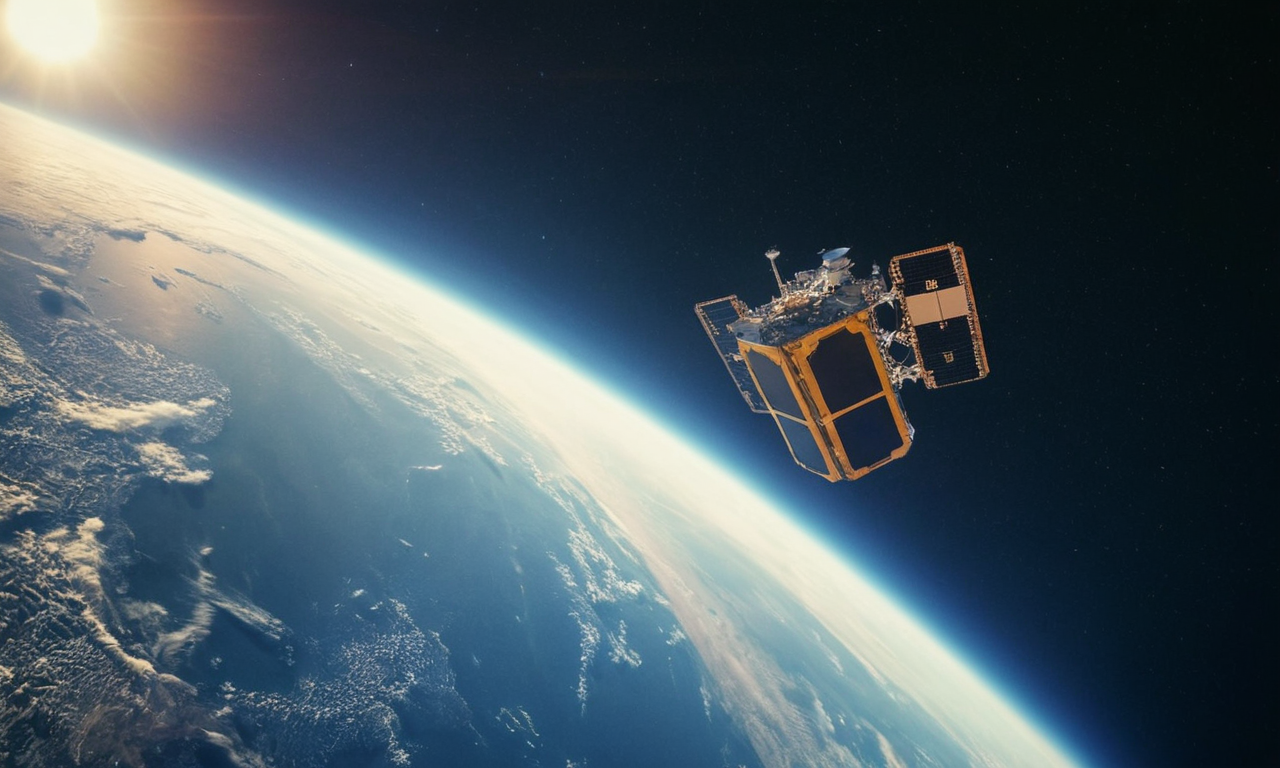
On January 30, 2013, at 4:00 PM local time, the roar of rocket engines at South Korea’s Naro Space Center marked a transformative moment in the nation’s history. The Naro-1 launch vehicle, carrying the STSat-2C research satellite, blazed a trail into orbit and established South Korea’s place among nations capable of reaching space on their own terms.
Building a Space Program
South Korea’s path to this achievement began with partnerships, launching satellites aboard foreign rockets like the European Ariane. However, the ability to conduct launches independently promised something more valuable: control over the entire spectrum of space operations, from timing and cost to mission planning and execution. This capability would prove essential for both scientific research and national priorities.
Engineering a Path to Orbit
The Naro-1 rocket embodied a pragmatic approach to developing space capabilities. Standing 33 meters tall with a launch mass of 140 metric tons, the vehicle combined Russian expertise in its liquid-fueled first stage with South Korean innovation in its solid-fuel upper stage. This collaboration allowed South Korean engineers to master crucial technologies while working alongside experienced partners.
Rather than viewing the partnership as a limitation, South Korea’s space agency used it as a learning opportunity. Engineers developed sophisticated systems for rocket control, launch operations, and mission management. The domestic development of the solid-fuel upper stage proved particularly significant, as it required mastery of complex propulsion technologies that would later prove vital for fully indigenous rockets.
Learning Through Challenge
Two initial launch attempts revealed the unforgiving nature of spaceflight. In 2009, a payload fairing malfunction prevented the satellite from reaching orbit. The following year brought an even starker lesson when the rocket exploded shortly after liftoff. Each setback provided invaluable data that refined both the hardware and procedures needed for successful spaceflight.
The Historic Flight
The third launch carried more than just a satellite - it carried the culmination of years of preparation, analysis, and refinement. The STSat-2C, a 100-kilogram spacecraft built by the Korea Advanced Institute of Science and Technology, entered its planned orbit ranging from 300 to 1,500 kilometers above Earth. Its mission to study radiation patterns in the upper atmosphere demonstrated not only launch capability but expertise in satellite design and operation.
A New Player in Asian Space Development
South Korea’s achievement reflected a distinctive approach to space development. While Japan had been launching satellites since 1970 and China had established itself as a major space power, South Korea demonstrated how focused international collaboration could accelerate the development of domestic capabilities. This model offered valuable lessons for other nations aspiring to develop their own space programs.
From First Launch to Future Ambitions
The success of Naro-1 catalyzed South Korea’s broader space aspirations. Engineers applied their experience to develop the fully indigenous KSLV-2 (Nuri) rocket, while increased public and political support drove investment in new space technologies. Today, South Korea’s space program encompasses advanced Earth observation, telecommunications systems, and ambitious plans for lunar exploration.
The country has emerged as a significant player in the commercial space sector, offering both satellites and launch services to international customers. This transformation from satellite operator to space service provider demonstrates how methodical technology development and international cooperation can build a sustainable space program.
Looking back from 2025, the Naro-1 launch represents more than a single achievement - it marks the moment South Korea began charting its own course in space exploration. As humanity enters a new era of space activity, South Korea’s journey offers enduring lessons about the value of persistence, collaboration, and strategic vision in expanding humanity’s reach beyond Earth.

Theodore Kruczek


